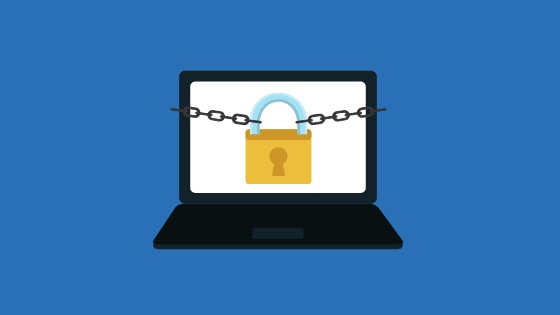It's almost difficult to believe the end of the 2010s will be upon us in just a few short months. Seems like a good time to review what we've seen and learned over the past decade. Certainly, much has changed over the years. The cybercrime world has continued to breach our systems with even more voracity and sophistication than previously experienced. Unquestionably, it is critical to stay ahead of the threat actors and to partner with an experienced MSP to fill in the cybersecurity gaps. Read on to learn more.
The threats are evolving
Recently, it was discovered that on November 12, a threat actor impersonated a USPS driver with the intent of delivering malicious Microsoft Word attachments embedded with the IcedID banking trojan. What made this campaign even more unusual is instead of utilizing an .icu domain, the actor used a .com or uspsdelivery-service.com. As you can see, email-based attacks have become even more socially-savvy.
In another example, Utah-based InfoTrax Systems was initially breached in May 2014, when a hacker obtained remote control over its servers via a network vulnerability. Fast forward to March 2, 2016, and the hacker had already accessed information such as full names, social security numbers, phone numbers, physical addresses, and email addresses for around 1 million customers.
Nonetheless, InfoTrax didn't even learn about the breach until March 7, 2016 when the hacker's data archive file had grown so massively that the company's servers reached their maximum storage capacity.
What can we learn from these two scenarios? We share that information with you below.
Remove security siloes
One of the most challenging aspects of the vulnerability of the organizational attack surface were the siloes. These were usually disconnected which in turn, decreased operational effectiveness. Not to mention, security siloes presented a huge data security risk.
For the most part, many businesses use up to 10 varying vendors and around 35 different cyber security tools. So then, what's the problem? Well, this strategy is not only expensive, but it is also extremely difficult to establish consistently secure environments with every tool and vendor offering fully integrated.
Instead of creating more siloes, we have learned how vital it is to stick with one well-rounded MSP partner and to deploy a smaller number of security tools that can produce a bigger protection impact but can also be easily integrated with one another to provide a secure and multi-layered approach.
Take AI seriously
During the 2010s, we have seen the rampant rise of AI. We can't wait to see what the next decade has in store. As such, AI has gone from providing basic malware and forensic analysis to offering tools for enhanced threat mitigation and incident response along with threat intelligence and attack pattern analysis.
Yet, this is the key takeaway: You should only automate effective processes. If you automate an ineffective process, you're only enabling your systems to produce inefficiencies even faster. Plus, AI should not be used as a cover for your system's underlying issues.
Still, many organizations are realizing the power of AI and partnering with MSPs who understand how to utilize AI in smart and secure ways. To reach its full potential, AI should only supplement policies that have already demonstrated effectiveness.
Understand threat intelligence
In the digital era, it's essential to have the ability to quickly identify and respond to threats. This is where your MSP can provide assistance. The modern threats of today are increasingly targeted and multi-faceted. We've already seen the headlines of wiper malware bring entire cities, healthcare providers, and other organizations to a halt.
Thankfully, there have been substantial advances in security analytics which have greatly improved both threat intelligence and response. Not to mention, working with an expert MSP partner can help to quickly detect and mitigate threats 24/7.
Why are organizations turning to an MSP?
There is an increasingly common situation where companies are turning to MSPs with the intent for a collaborative effort regarding the handling of their IT and cyber security needs. In fact, according to CompTIA's 2016 Buying Guide for Managed Services, 64 percent of businesses are already using managed services. And, that number is growing. In addition, the managed services market is expected to grow to around $193 billion by 2020.
So then, how do all these organizations benefit from partnering with MSPs? Here are just several reasons why:
- Much better cyber security
- Cost savings over in-house IT department
- Digital transformation through cloud-based solutions
- Limited internal IT resources
- Access to new technologies
- Improved uptime
- Peace of mind
As cyberattacks continue to target vulnerable victims every day, it's no surprise organizations are looking for help.
To conclude
In the next decade, we will see consistently-evolvings versions of the most destructive malware and cyberattack deployments. It won't be pretty, but you don't have to fight it alone. If you want to learn how you can improve cyber security for your organization in the Cincinnati, Dayton, or surrounding areas, call us at Titan Tech today.

